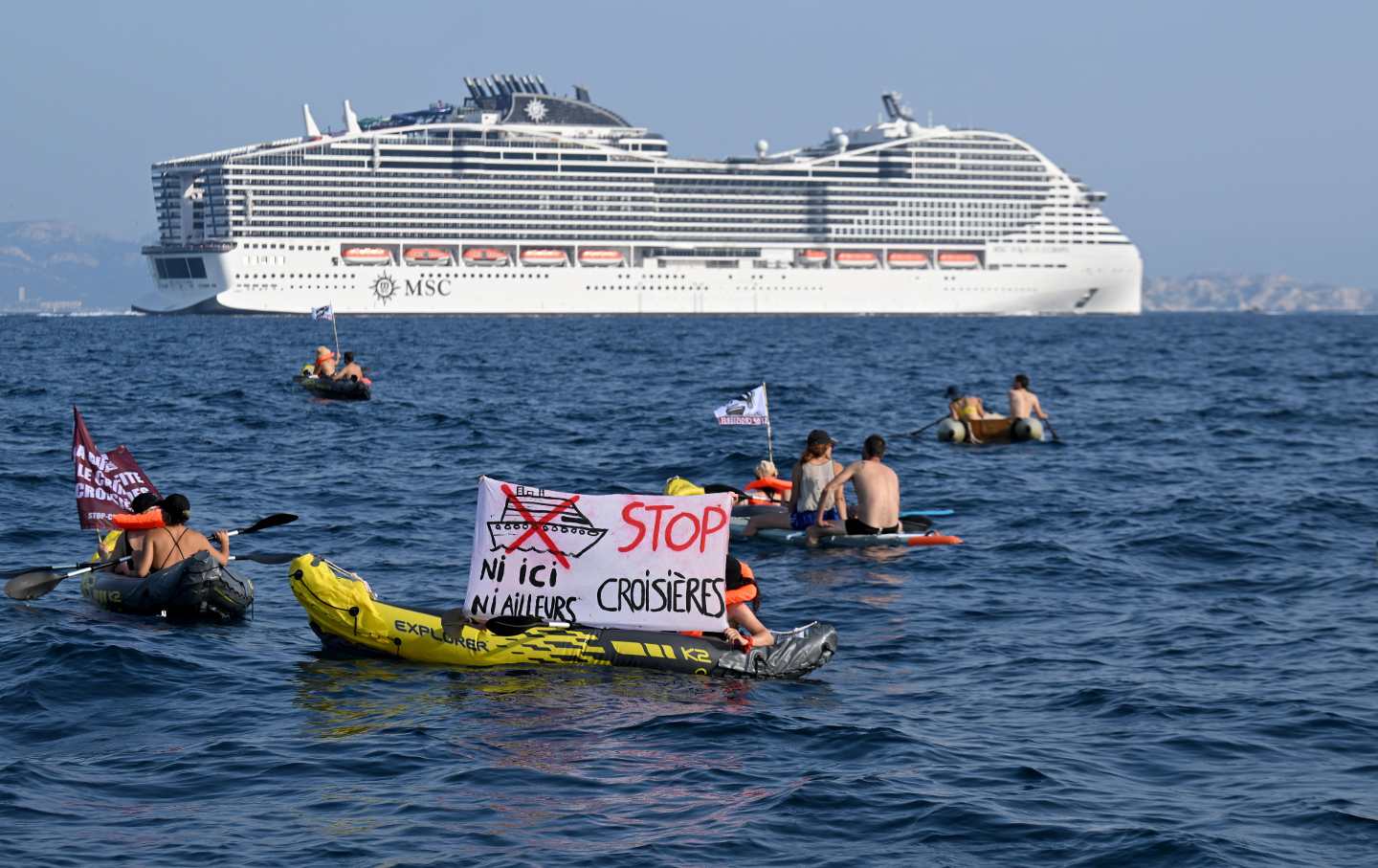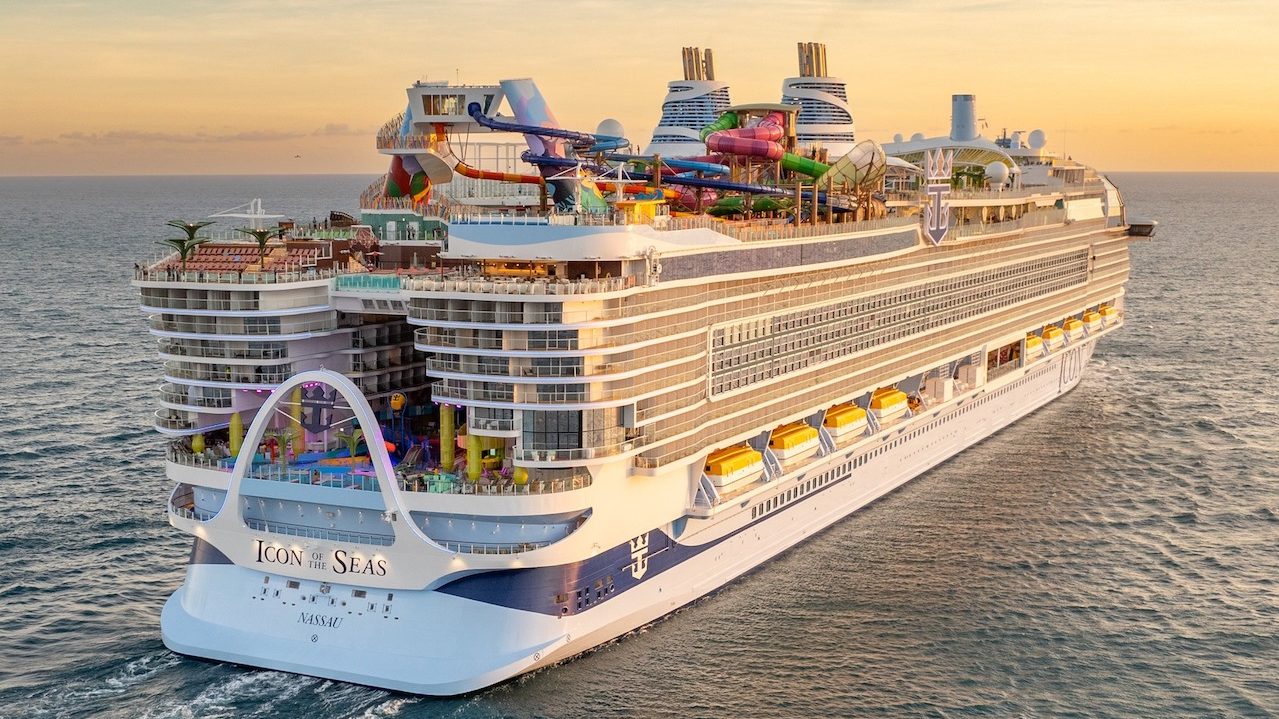The inaugural seven-night Caribbean voyage of the largest cruise vessel globally, known as the Icon of the Seas, commenced from the Miami, Florida port. The length of this vessel is a record 365 meters. For comparison, the famous Titanic was shorter by almost 100 meters, having a length of 269 meters, and the length of the United States Navy’s largest aircraft carrier, the Gerald R. Ford, measured 333.
Sea Garden City: Explore the amazing features of the ship for maximum comfort
In addition to a variety of entertainment, the ship offers comfortable accommodation for up to 7,600 passengers. It is a true city on the water, providing access to a variety of entertainment and services on its 20 decks. Passengers can enjoy not only a rich selection of restaurants, cafes and bars, but also green areas with tropical vegetation where they can relax and enjoy nature right on the ship.
Registered in the Bahamas and built in Finland at a cost of US$2 billion, the ship is a remarkable piece of engineering. Its propulsion engines operate using liquefied natural gas (LNG). The fight for clean air: environmental challenges and solutions in the maritime industry.

Environmentalists have expressed criticism regarding the use of this type of fuel, arguing that its utilization results in the emission of methane into the atmosphere. While natural gas in a liquefied state (LNG) combustion is more environmentally friendly than conventional marine fuels such as heating oil, its composition is 85-95% methane. This increases the risk of methane leaking into the environment, with methane being a more dangerous greenhouse gas compared to carbon dioxide. Over the span of two decades, methane captures 80 times more heat in the atmosphere in comparison to carbon dioxide, which has notable reductions in such emissions, a key goal in the fight against climate change.
Brian Comer, acting as the head of the maritime program at the International Council on Clean Transport (ICCT) has expressed reservations about the utilization of LNG as a marine fuel.
He makes an estimation that this will lead to a 120% increase in greenhouse gas emissions into the atmosphere over the life of the ship than using traditional marine gas oil. An earlier report by the International Council on Clean Transportation (ICCT) revealed that methane emissions from vessels utilizing liquefied natural gas (LNG) exceed established standards. However, according to Royal Caribbean, the owner of the ship, the Icon of the Seas boasts a 24% improvement in energy efficiency than modern shipping regulations require. The company also plans to unveil a ship with zero emissions by the year 2035.

As per the Cruise Lines International Association, the cruise sector stands out as one of the fastest expanding sectors within tourism, especially attractive to young people. In 2021, this tourism business sector contributed US$75 billion to the global economy. Of the 54 cruise ships that will be used by travel agencies from January 2024 to December 2028, 63% will run on LNG. Currently, only about 6% of Liquefied natural gas (LNG) is utilized by cruise ships.

